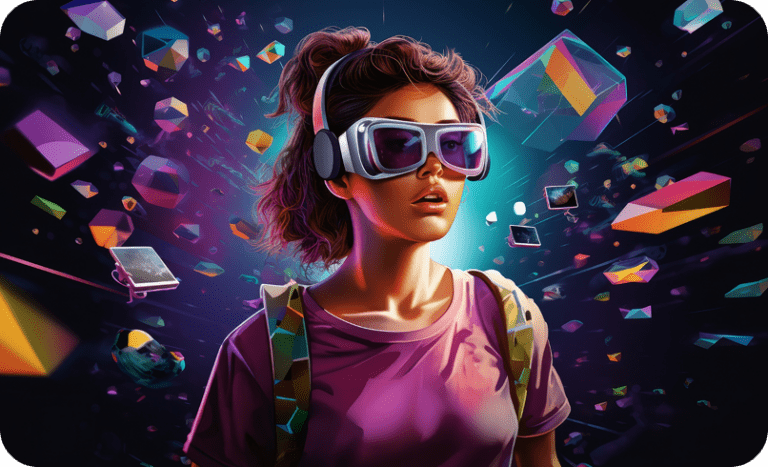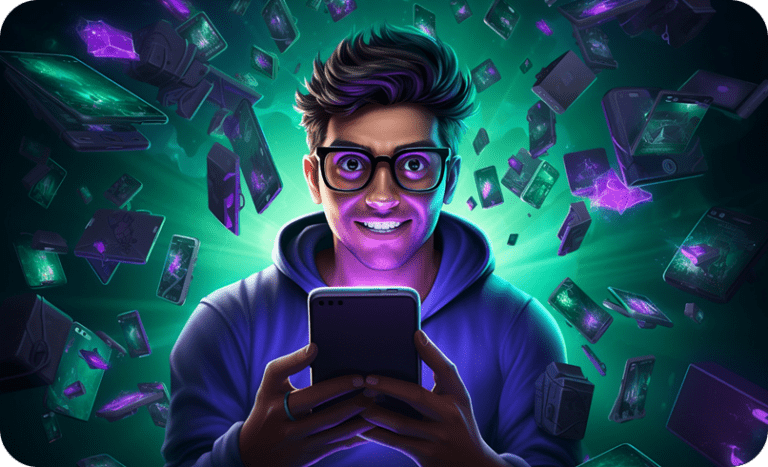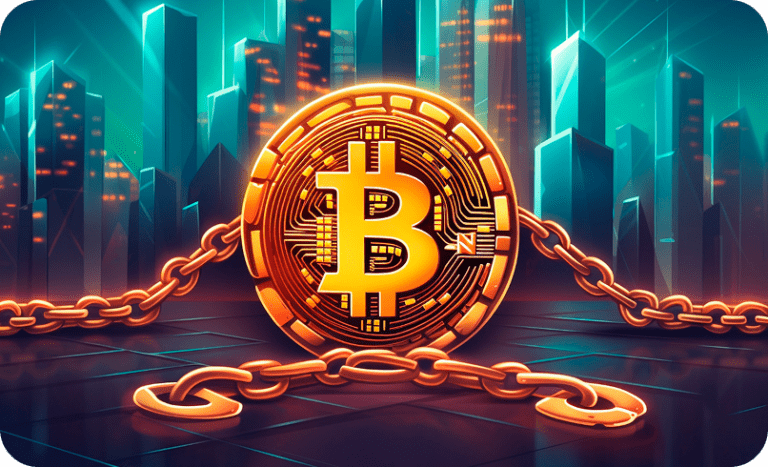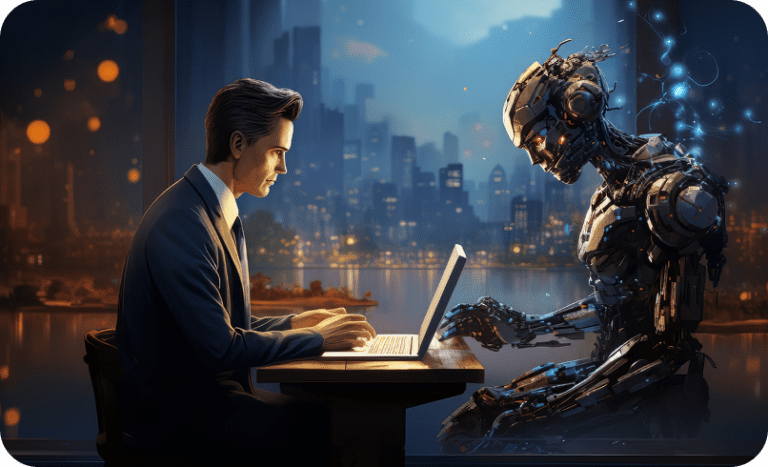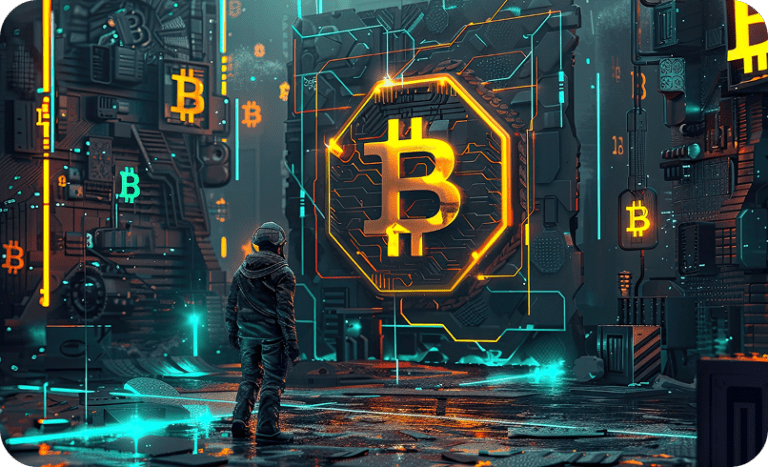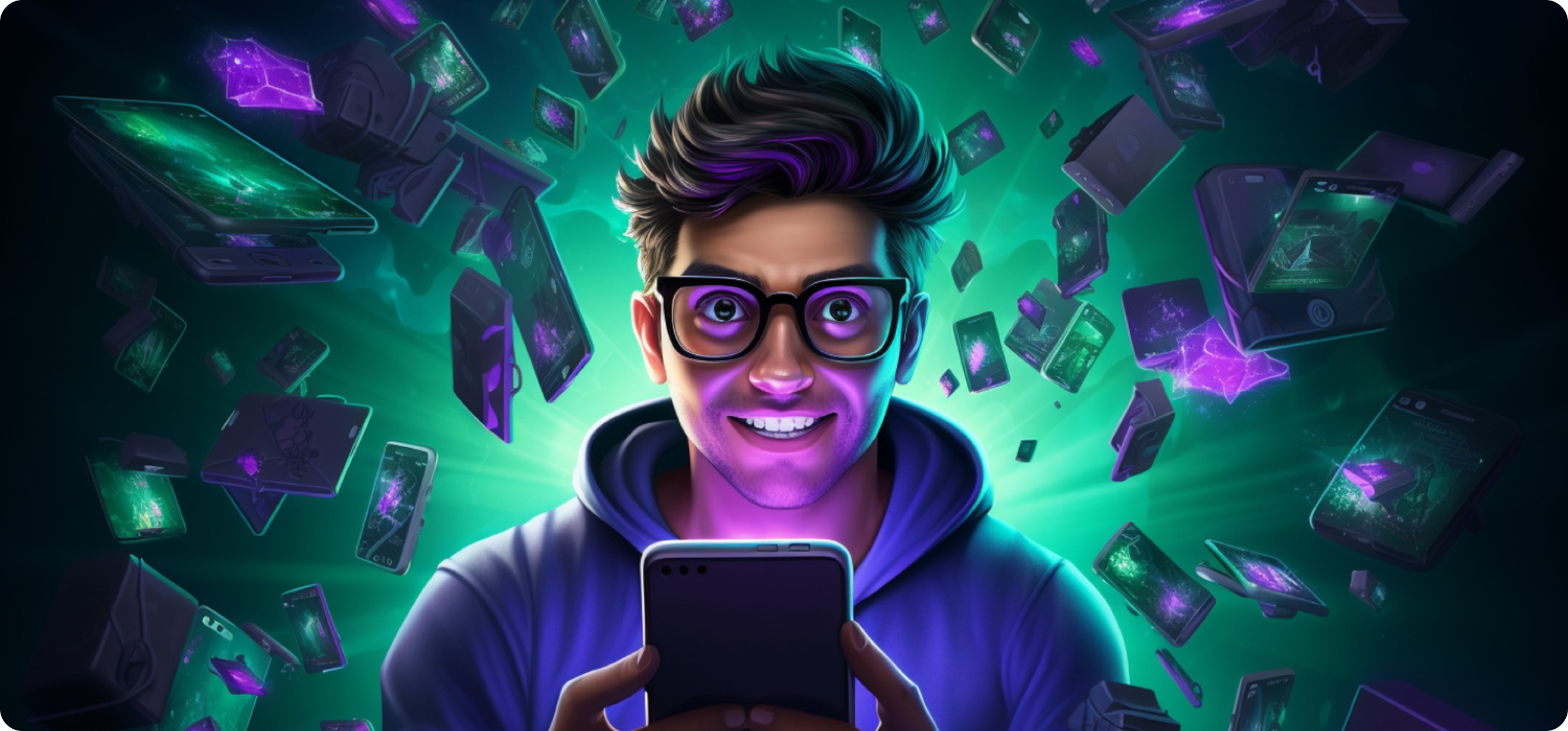
Web3 Gaming Is Not Just Play-to-Earn Anymore—Here’s What’s Next
Summary:
Blockchain gaming is rapidly evolving beyond its early “play-to-earn” (P2E) model. Today’s Web3 games focus on real asset ownership, interoperability between platforms, tokenized economies, and community-driven development. In this blog, we explore the next phase of blockchain gaming, from GameFi 2.0 to the role of DAOs and how BitDecentro is enabling this shift.
1. Evolution of Blockchain Gaming
Blockchain gaming began with the simple idea that players could earn tokens while playing, unlike traditional games where value was locked within the ecosystem. Projects like Axie Infinity sparked initial excitement, showing that games could have real-world financial impact. However, this was just the beginning.
2. The Decline of P2E Hype
As with many emerging tech trends, P2E saw a boom and bust. Many early games focused too much on financial incentives and not enough on gameplay. Once earnings dipped, user engagement plummeted. This highlighted the need for sustainable models that prioritize fun, community, and long-term engagement over quick profits.
3. GameFi 2.0: Asset Utility, Guilds, and DAOs
The next era, often referred to as GameFi 2.0, shifts focus to:
- Asset utility: Players not only earn NFTs or tokens but can use them across multiple games.
- Guilds and DAOs: Gaming guilds like YGG (Yield Guild Games) and decentralized organizations now empower communities to influence development, share resources, and govern game ecosystems.
- Skill-based rewards: Earnings now depend more on gameplay skills and achievements than token farming.
4. Role of NFTs and In-Game Tokenization
NFTs are no longer just collectibles—they’re now weapons, avatars, land, or items players truly own. Players can:
- Trade NFTs on open marketplaces (e.g., OpenSea)
- Use the same assets across games (interoperability)
- Earn royalties from NFTs they create or enhance in-game
Tokenized economies, when done right, give players control and create circular economies where value flows back to the ecosystem.
5. Interoperability: Bridging Game Worlds
Cross-chain technology now enables interoperable games, where assets move between games and blockchains (e.g., Ethereum to Polygon to Immutable X). This breaks down the walled gardens of Web2 gaming and opens doors for a multiverse of connected gameplay experiences.
6. How BitDecentro Supports Game Studios
BitDecentro offers infrastructure and APIs to:
- Integrate secure crypto wallets directly into games
- Tokenize in-game assets
- Enable real-time blockchain transactions
- Help studios launch NFT collections or game tokens
Their tools allow developers to focus on gameplay while BitDecentro handles the decentralized backend.
7. The Future of Immersive Decentralized Gaming
Looking ahead:
- AR/VR + Web3: Immersive metaverses will combine with blockchain for full virtual ownership.
- Creator-driven economies: Players and creators will build games collaboratively using open protocols.
- Zero-gas or Layer-2 gaming chains: Fast, cheap transactions will make blockchain invisible to players—just seamless gaming.
Final Thoughts
Web3 gaming is evolving into a player-first, community-driven, and economically sustainable future. It’s no longer just about earning—it’s about empowerment, creativity, and ownership. As the tech matures, the games will too—and BitDecentro is helping build that reality.


